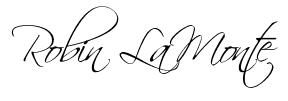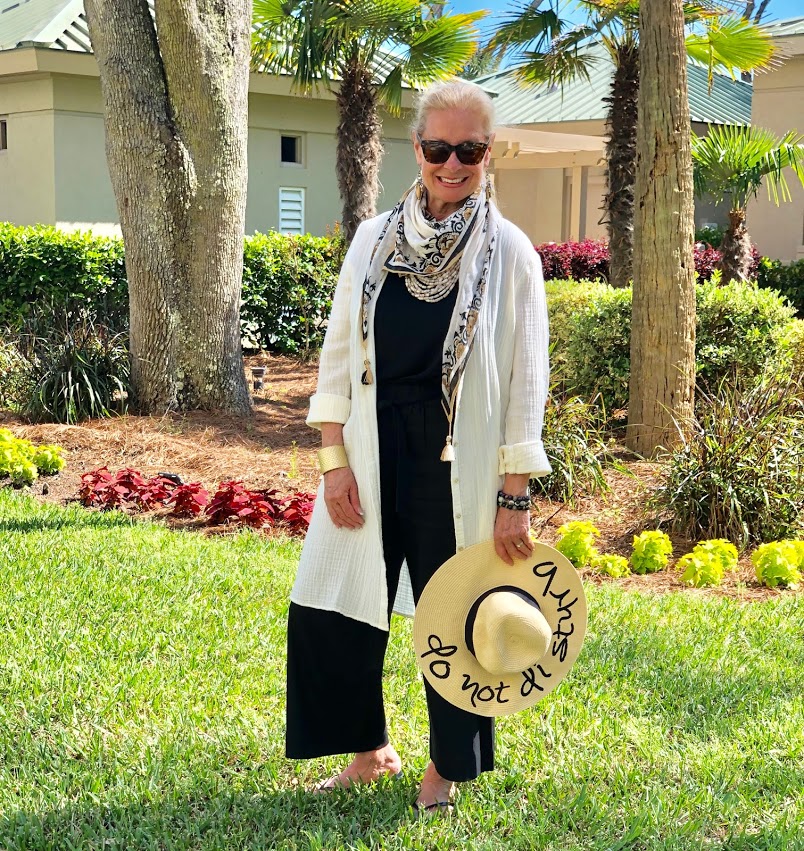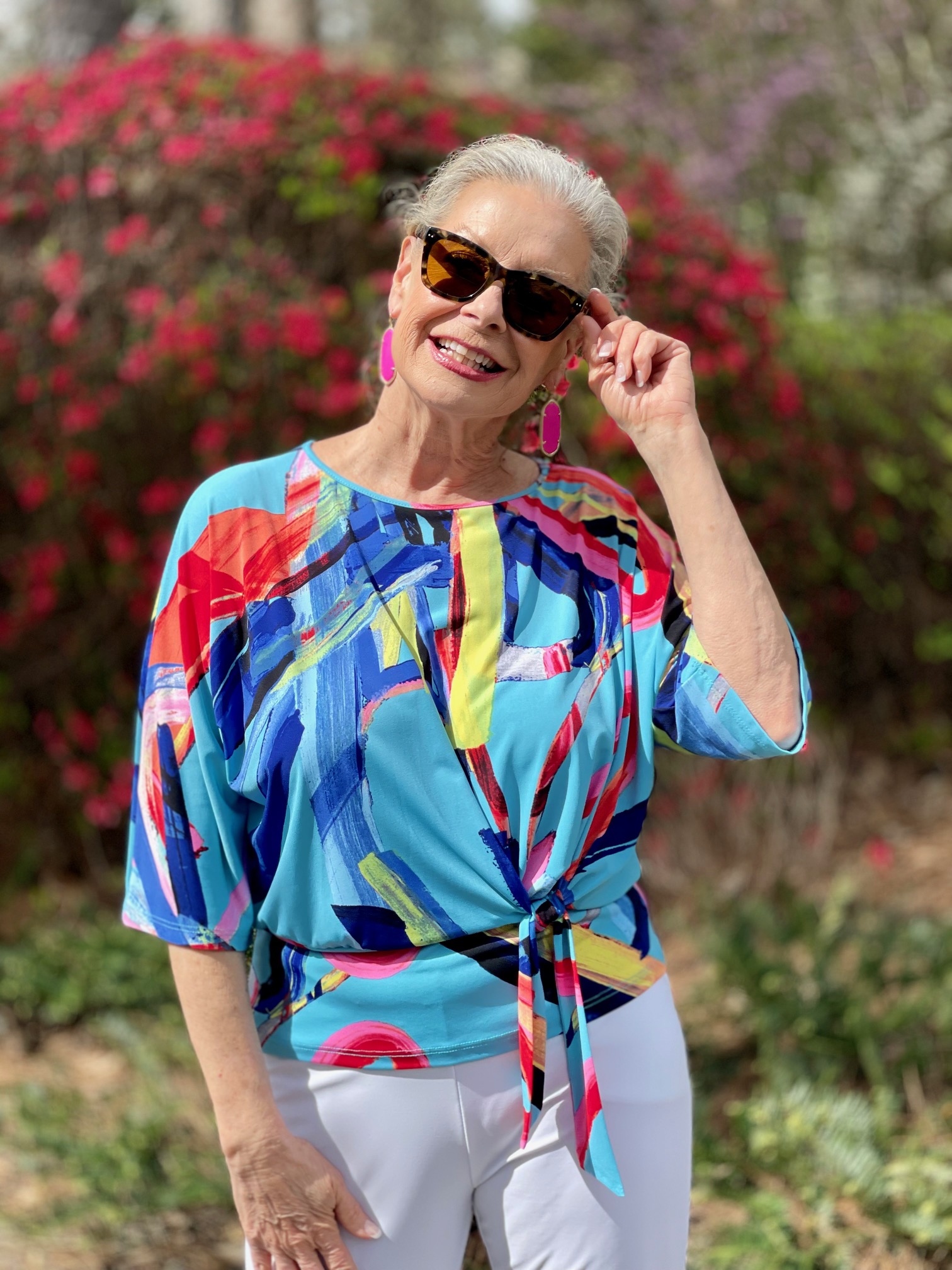Aging Eyes: Common Eye Problems And Their Solutions

In the vibrant city of New York, where there’s always something exciting to see, taking care of your eyes is super important. Your eyes let you enjoy all the sights and experiences around you, like the stunning skyline and bustling streets. But as you age, they change in ways that affect how well you see. Things like the lenses in your eyes becoming less flexible and your tears drying up more easily can cause problems. In this post, I’ll talk about some common eye issues that come with age and the right ways to deal with them.
Common Eye Problems in Aging Eyes

1. Sagging eyelids
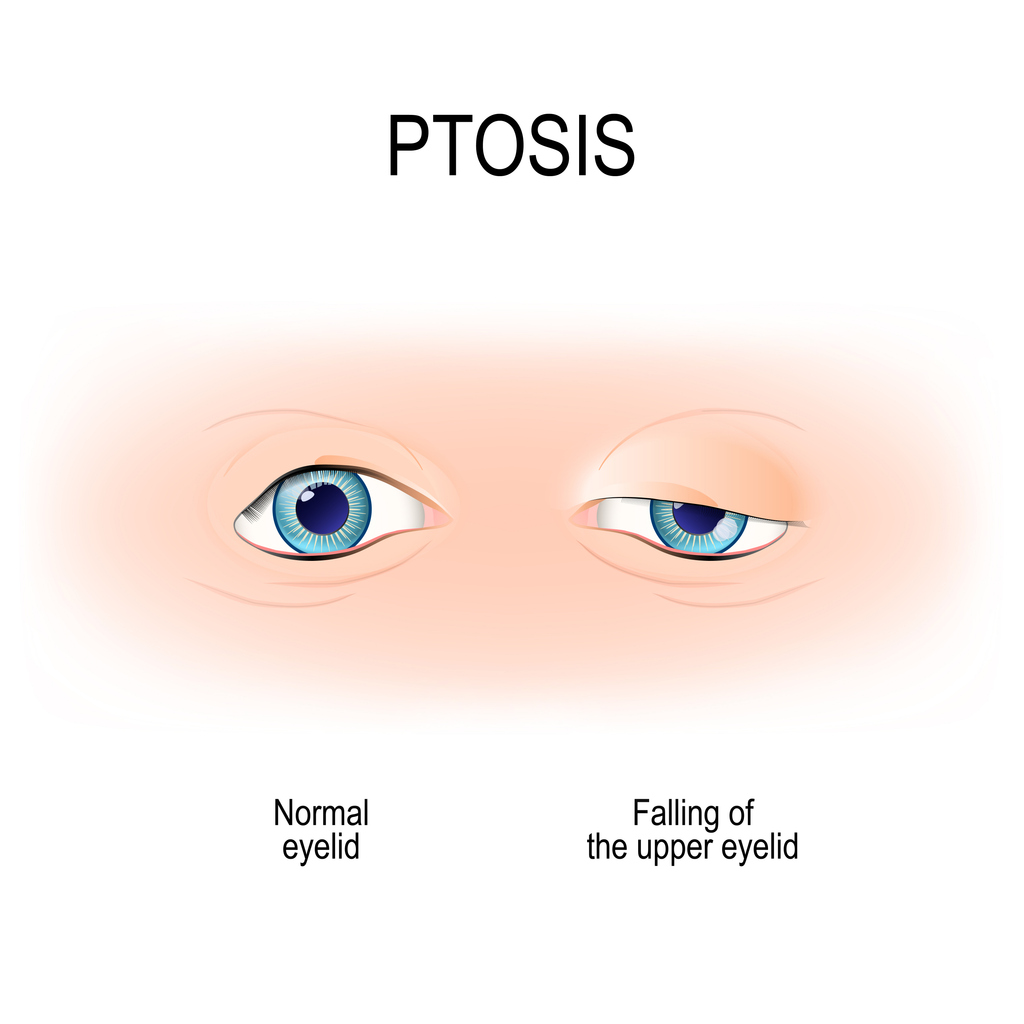
Have you ever noticed how sometimes the skin around your eyes seems to droop or sag? That’s what we call ptosis. It isn’t just a cosmetic concern – it can also affect how well we see and how tired our eyes feel.
It might even impact your peripheral vision and lead to eye strain, making everyday tasks feel challenging. But fret not! There are ways to address ptosis and regain clarity and comfort in your vision.
Treatment
Treatment options include blepharoplasty (eyelid surgery), which lifts and tightens the eyelids, and nonsurgical methods like botox injections, which temporarily lift them. These treatments depend on the severity of your problem. However, sometimes, surgery is the only solution if there is excessive skin sagging.
Interestingly, in an interview with people who had eyelid surgery at New York Laser Vision, they mentioned that it progressively improved their peripheral vision, which, in turn, helped them see better.
So, if you or someone you know is suffering from this condition, rest assured. There are treatments available to help improve your vision!
2. Common Eye Problem: Tear Trough Deformity
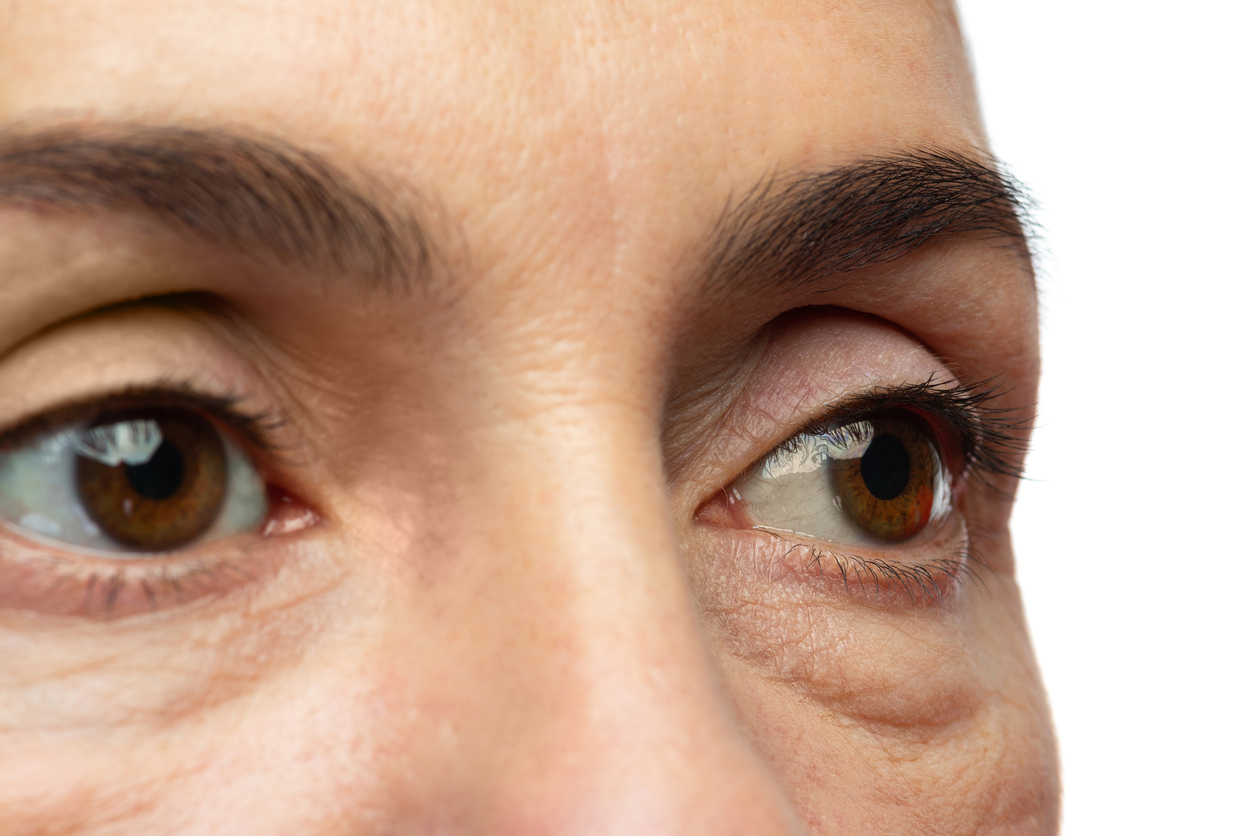
Tear Trough Deformity refers to a hollowing or darkening beneath the eyes caused by aging, genetics, or volume loss in the area. Symptoms include shadowing, puffiness, and a tired appearance.
While it doesn’t directly impact vision, it can affect one’s overall facial aesthetics and self-confidence. But it is treatable in many ways.
Treatment
Treatment options include dermal fillers to restore volume and improve the appearance of the area. Surgical options like lower eyelid blepharoplasty may also be considered for more severe cases.
Early intervention and consultation with a qualified healthcare professional can help determine the most suitable treatment approach.
3. Common Eye Problem: Glaucoma
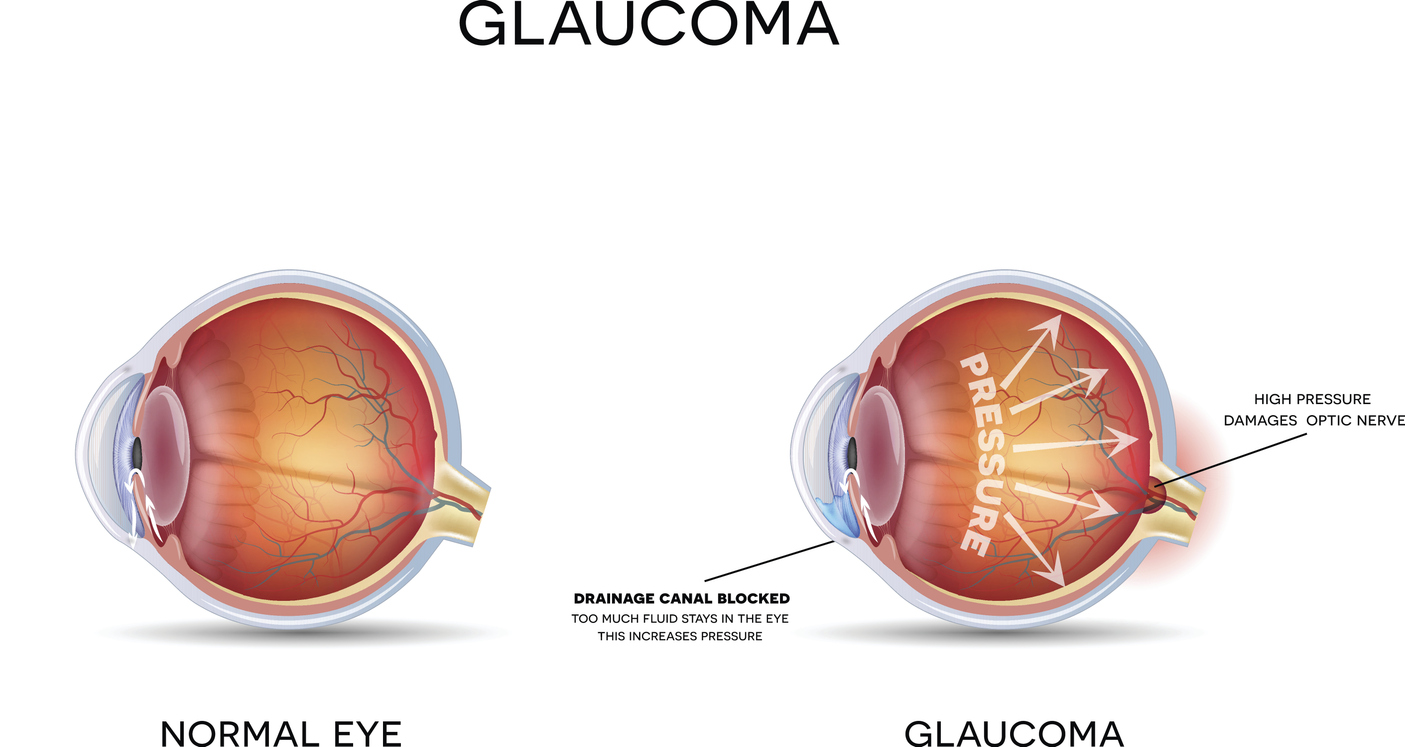
Glaucoma is a severe eye problem in which the nerve connecting the eye to the brain gets damaged. You might not notice any symptoms at first, but later, you could lose your side vision or seem like you’re looking through a tunnel.
Treatment
To treat it, doctors might suggest laser surgery to help your eye drain better or even regular surgery to create new ways for fluid to leave your eye.
Some medications can help control eye pressure. Therefore, it’s important to catch glaucoma early and stick to your treatment to protect your vision.
4. Age-related macular degeneration (AMD)
It is a progressive eye condition that affects the macula and impairs central vision. Its symptoms include blurriness, distortion, and difficulty recognizing faces.
Treatment
Solutions for AMD include medications like anti-VEGF injections, which slow disease progression by targeting abnormal blood vessel growth. Dietary changes incorporating antioxidants and omega-3 fatty acids may also help.
Additionally, low vision aids like magnifiers and specialized glasses assist those with advanced AMD in daily tasks, enhancing their quality of life.
Lifestyle Tips for Maintaining Eye Health
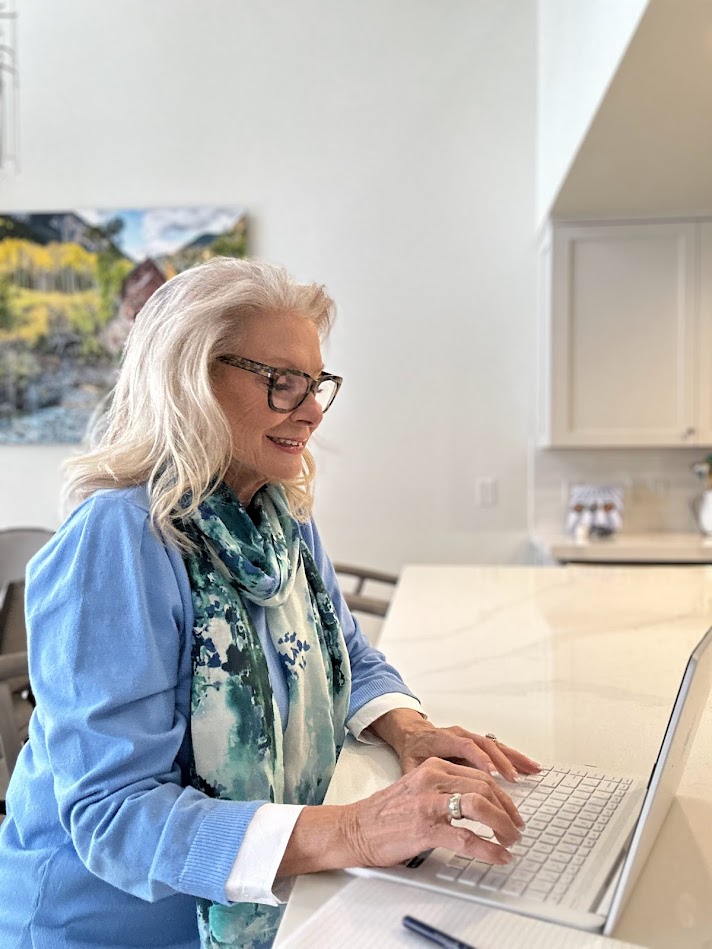
- Regular eye exams: Schedule comprehensive eye exams annually to detect potential issues early.
- Healthy diet and nutrition: To support eye health, consume foods rich in vitamins A, C, and E, omega-3 fatty acids, and antioxidants.
- Protecting eyes from UV rays: Wear sunglasses that block UV rays and a wide-brimmed hat when outdoors to shield eyes from harmful UV exposure.
- Proper eye hygiene and care: Wash hands before touching eyes, remove makeup before sleeping, and follow proper contact lens hygiene.
- Avoid eye strain: When you’re on screens a lot, remember to take breaks and adjust your lighting. Also, try the 20-20-20 rule: every 20 minutes, look at something far away for 20 seconds.
Read about Blue Light Readers.
And this post.
Technology and Innovations in Eye Care
Eye surgeries have also significantly improved over the years. They now use lasers to fix cataracts or perform more minor surgeries for glaucoma, which are safer and work well. Moreover, new glasses are now made with special lenses that give clearer vision and reduce annoying glares.
Also, there are phone apps that let you check your eyes at home, like testing how well you see or checking your eye pressure. You can even have video calls with eye doctors to get advice without going to their offices. These new things make it easier for everyone to take care of their eyes.
In Conclusion

As we age, prioritizing good eye health is essential for maintaining independence and quality of life. By staying informed, proactive, and attentive to our eye care needs, we can enjoy clear vision and effectively prevent or manage age-related eye conditions.
Until next time!
